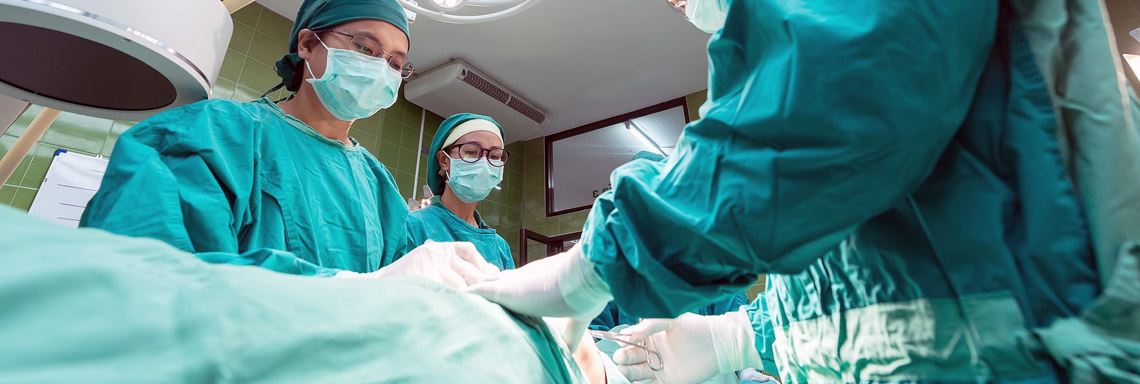
There are many challenges in precision machining medical devices. Machining small-scale parts related to medical instruments, surgical instruments, surgical implants and orthopedic devices is particularly difficult because implanted devices often consist of microscopic components. Many medical devices also require machining titanium, PEEK and other biomaterials. These materials are often used because of their non-reactivity with the body. Machining small batches of these complex parts is vital because new devices or prototypes need to be refined quickly.
Exotic materials aren’t the only challenge in machining medical devices. Micromachining, using CNC milling and turning, is also a critical aspect of medical device manufacturing. A wide range of micro machines, CNC mills, multiple types of turning centers that use live tooling and multi-axis capabilities is a must have. These variabilities provide the fundamental needs for flexibility and capacity to machine an extensive range of products: from micro components to complex, reusable instruments for things like hip, knee and spine procedures.
The third crucial component to machining medical devices involves creating a final product that meets the complexity and specificity of a client’s blueprint. Using 5-axis high-speed milling and multi-axis turning capabilities allows for the machining of complex shapes in a single set-up, thus reducing high production costs and potential errors. In addition to speed, accuracy and time savings, using 5-axis CNC milling is a particularly cost-effective alternative to multiple fixturing for prototypes. The 5-axis CNC milling process produces a more accurate part as multiple sides of the part can be machined without losing positional accuracy.
Machining companies working in the medical field must be focused and diligent to the many factors impacting safety, end use, purpose and practice. Engineering and complex machining processes must meet strict industry standards in the medical market. Creating components for orthopedic devices, spine, cardiovascular, endovascular devices, pelvic, trauma, ophthalmology and other medical markets requires the knowledge of exotic metals and plastics. Attention to detail is very important as machining a micro part also requires a strict quality control department with the proper testing equipment that ensures accuracy and on-time delivery.
Above all, technicians must be highly trained, experienced and driven toward helping clients succeed. Offering solutions that meet stringent regulations, demands and deadlines that are required by every medical device provider. As the complexity of parts increase, tolerances tighten. One way to meet this challenge is to use multi-function machines. There is usually not just one solution for these kinds of complex prototypes; having a machine shop that is capable of a wide range of solutions is a must.
About Challenge Machine
Challenge Machine & Manufacturing Inc. is the premier precision contract manufacturer of micromachined solutions for the world’s most advanced industries. Driven by a challenge, every project we deliver adheres to the tightest tolerances, uses the most exotic materials, and meets the quickest turnarounds that our customers demand.
At Challenge Machine & Manufacturing, we make the impossible a reality.
